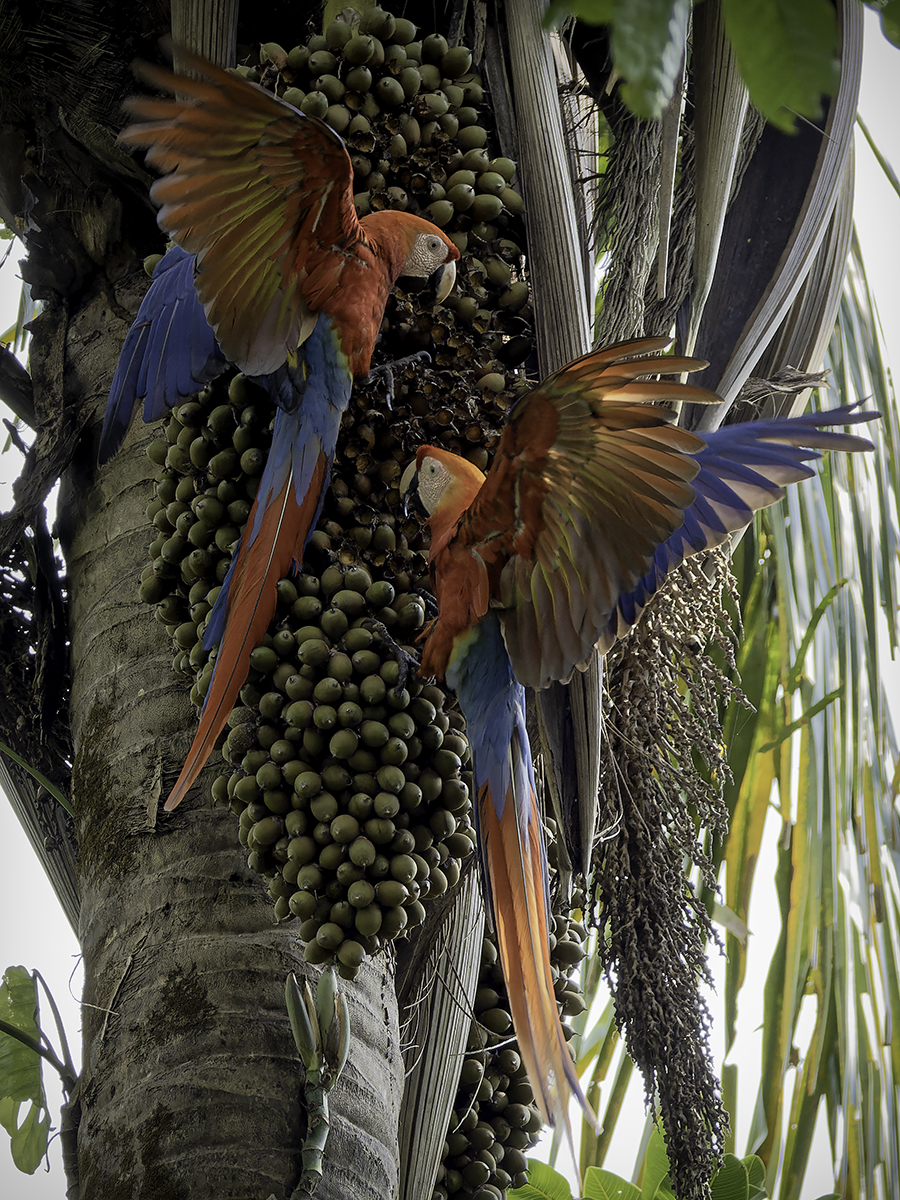Cost & Payments
Costs (in US$)
| Type | Cost Per Person |
| Trip Cost, double occupancy | $6,000 |
| Single Supplement | $1,320 |
Costs are per person, double occupancy, not including airfare, singles extra. See Included and Not Included sections for more details.
If you are a single traveler, we will find a roommate for you, but if we cannot find you a roommate, we may charge you a single supplement. Single rooms cost extra and are subject to availability.
Payment Schedule
| Payment | Due Date | Amount Per Person |
| Deposit | Due now to reserve your space | $500 |
| Final | October 10, 2024 | Remaining balance |
Payments are due based on the schedule above. All reservations require a deposit to confirm reservation of your space.
Cancellations
Until the Final Payment due date, deposits are refundable except for a cancellation fee of $150 per person, which can be applied toward another trip if reserved within six months of the cancelled trip’s departure date. Cancellations are non-transferrable. No refunds are given after the Final Payment due date.
Climate
Temperatures vary greatly – the Pacific coast is often hot while the cloud forests can be cool. Although December through May is the dry season, expect rain anytime. The average temperatures in April range from 63°F (17°C) at night to 95°F (35°C) during the day, depending on the location within the country.
Fitness Level
You will view most wildlife by walking along trails or from small boats. Walks are generally a few hours and include flat trails, uneven terrain, and hills. Paco will offer optional night walks when he thinks it will enhance your overall wildlife experience; these walks are weather and moon dependent. Please contact us if you have any health concerns that may make this trip challenging.
When you fill in your Reservation Form, please respond to the following:
- Describe how often you walk for at least a few hours at a time.
- Tell us how often you carry the same gear you plan to take out in your day pack (photography gear, binoculars, etc.).
- Tell us how you’ve managed walking in hot and humid conditions.
Flights
Detailed logistical information is included in the Trip Planning Materials we will send you.
Flights you book
- Arrive in San José, Costa Rica (SJO) by 5:00pm on March 29. If you are arriving from our Panama trip, see the Flights section in its itinerary for arrival information.
- Depart from San José, Costa Rica (SJO) after 6:00am on April 13.
Accommodations
Lodging ranges from rustic to modern, all with private baths. While most lodges do not have air conditioning, some have fans. Almost all lodges have open-air dining and common areas.
Transportation
You will travel by air-conditioned mini-bus and occasionally by boat.
Conservation
Our company ethos has always regarded conservation as inseparable from responsible tourism. We struggle with the dilemma that traveling worldwide expends climate-changing carbon. However, we wholeheartedly believe that traveling with us will cultivate your passion for conserving our beautiful world while stimulating each destination’s local economy. We encourage you to explore the various ways in which Cheesemans’ operates within this context:
- Ecotourism and Conservation for Costa Rica.
- Cheesemans’ Trips are Carbon Neutral.
- Offsetting your Travel to/from our Trip: We ask you to pledge to offset the carbon emissions for your travel to and from our trips. You can purchase offsets with most airlines (Delta includes them automatically), use our handy carbon calculator and donate to Sustainable Travel International, or contribute to your favorite offsetting organization.
Conditions
Read our current Terms and Conditions.



 Paco Madrigal
Paco Madrigal


